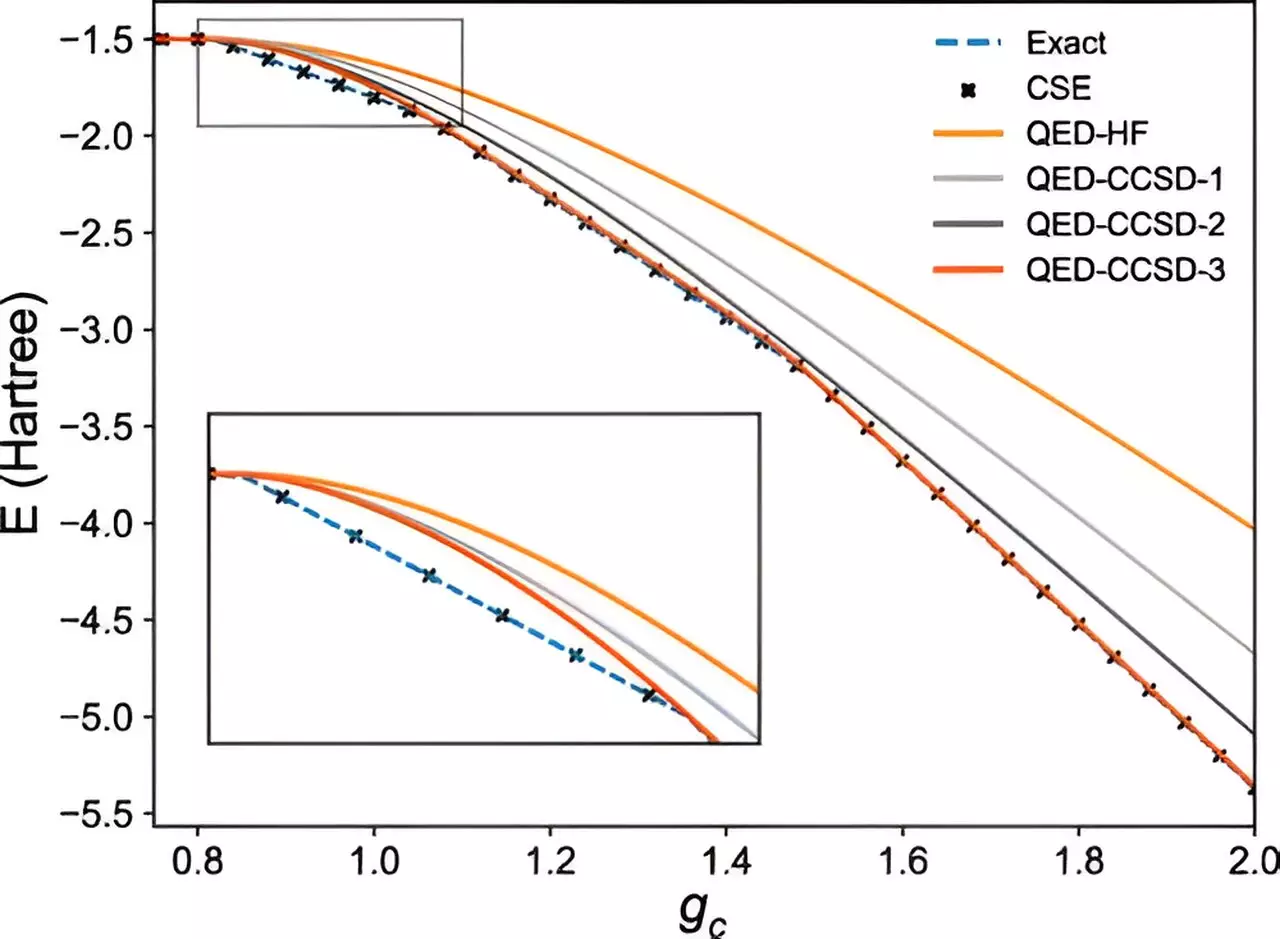Understanding the intricate interactions between quantum particles such as electrons and light is essential in unlocking the potential for new technological advancements and the discovery of novel states of matter. This groundbreaking study, conducted by researchers from the University of Trento and the University of Chicago, introduces a generalized approach that could revolutionize the field of quantum chemistry.
The Complexity of Quantum Systems
In the realm of quantum physics, studying systems that involve multiple elements like electrons, photons, and phonons can be incredibly challenging. The calculation of wave functions for these complex systems, which contain crucial information about the behavior of quantum particles, poses a significant obstacle for researchers. However, a team of experts led by Carlos Leonardo Benavides-Riveros and David A. Mazziotti has made significant strides in addressing this complexity.
Through the development of a theoretical prescription known as an “ansatz,” the researchers have devised a method to predict interactions within many-body quantum systems using quantum computers. This innovative approach has been extended to encompass systems with multiple types of quantum particles, such as electrons, photons, and phonons. By implementing a universal quantum algorithm on an IBM quantum computer, the team achieved zero theoretical error, marking a pivotal moment in quantum research.
This study not only offers a new framework for understanding light-matter interactions but also paves the way for exploring the vast possibilities within the field of quantum chemistry. By incorporating particles of light, or photons, alongside electrons in their analysis, the researchers have unlocked a deeper understanding of the wave function structure and the physical properties of quantum systems. This comprehensive approach has the potential to revolutionize the study of molecular properties and the behavior of quantum matter.
One of the most significant implications of this research is the newfound potential for quantum computers to model complex molecular problems related to light-matter interactions. This advancement has significant implications for polaritonic chemistry and could lead to groundbreaking discoveries in the manipulation and synthesis of new quantum matter. As David A. Mazziotti aptly puts it, “The ansatz is particularly suitable for quantum computers, opening up a new frontier for utilizing quantum technologies in studying molecular systems.”
Overall, the collaborative efforts of researchers from the University of Trento and the University of Chicago have shed light on a promising new approach to understanding electron-light interactions and their impact on the development of quantum technologies. By harnessing the power of quantum computing, this study represents a significant step forward in the exploration of quantum systems and the states of matter. The future certainly looks bright for quantum technologies as we continue to delve deeper into the fascinating realm of quantum physics.


Leave a Reply